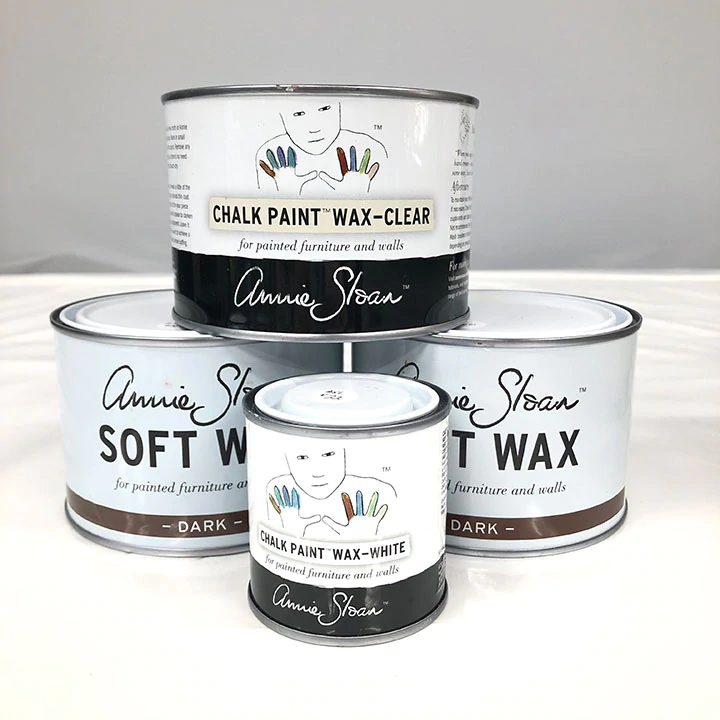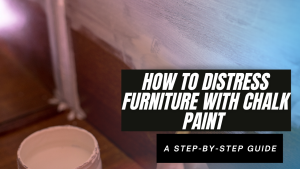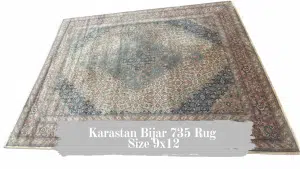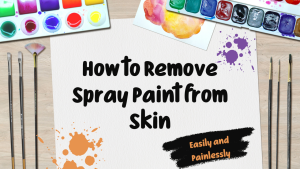
- Dark wax to be used over chalky finish paint and sealing wax that provides a vintage looking finish
- Last step to old-world charm
- Sealing wax, low-gloss protection perfects the look

- Clear Sealing Wax provides low gloss protection when applied over Krylon Chalky Finish Paint
- Clear Sealing Wax is ideal for decor items and varnished, previously painted, bare wood or metal furniture
- No primer or prep needed
- Ultra-Matte

- A VINTAGE LOOK FOR THE AGES: Elevate your goods at home by giving them a lovely, timeless, vintage finish that you and your visitors won’t be able to stop staring at! You can leave it at that or wear it down a bit after it dries to strive for a unique look
- STRIKE A MATTE FINISH PAINT: More than just a vintage chalk paint, with our restorative paint you can also give surfaces a velvety matte finish that looks shimmering to the eyes and feels smooth to the touch.
Chalk paint wax is a popular choice for finishing chalk-painted furniture. It gives the piece a beautiful, smooth finish and protects it from scratches and water damage. There are many different types of wax available, each with its unique properties. In this blog post, we will discuss the different types of wax and how to use them!
What is Chalk Paint Wax?
Chalk paint wax is a type of furniture polish used to seal and protect the paint on furniture. It is made up of a combination of waxes, oils, and solvents that help to create a durable finish. Several different types of chalk paint wax are available on the market, each with its unique properties.
How to Use Chalk Paint Wax
There are two main methods for using chalk paint wax: the wet on the wet process and the dry brush method.
The Wet on Wet Method
The wet on wet method is the most popular way to use chalk paint wax. It involves applying a thin coat of wax to the painted surface and buffing it with a soft cloth. It is essential to apply the wax very thinly, as too much can cause the paint to become cloudy.
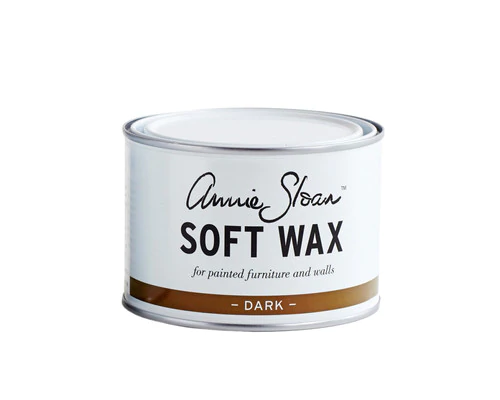
The Dry Brush Method
The dry brush method is less popular but can be used to create a more distressed look. It involves applying a small amount of wax to a brush and then brushing it onto the painted surface. The wax should be used in a thin layer and then buffed off with a soft cloth.
Which Method is Right for Me?
Both methods have their advantages and disadvantages. The wet-on-wet process is quicker and easier to do, but getting an even coat of wax can be challenging. The dry brush method is slower, but it is easier to control the amount of wax applied.
Which method you choose will depend on your personal preference and the look you are trying to achieve. Experiment with both ways to see which one you prefer.
Types of Chalk Paint Wax
There are three types of chalk paint wax: clear, dark, and black. The most popular type is clear wax because it doesn’t change the color of the paint, and it gives a natural shine to the surface. Dark wax provides the furniture with a rustic look, while can use dark wax to create an antique effect.
Which Chalk Paint Wax is Right for Me?
There are a few different types that you can use with chalk paint when it comes to waxes. The most popular and well-known wax is Annie Sloan’s clear wax. It is a great all-purpose wax that can be used on any paint, whether it’s chalk paint. It gives your paint a lovely sheen and protects it from scratches and dirt.
Another type of wax that you can use is dark wax. Dark wax gives your paint a more aged, rustic look. It’s great for adding dimension and texture to your pieces. You can mix it with clear polish or apply it over top of your finished paint job.
If you’re looking for a more durable wax, you might want to try beeswax. Beeswax is excellent for protecting your paint from moisture, and it gives your finish a nice, natural glow. It can be a bit tricky to apply, but it’s worth it.
So, which chalk paint wax is suitable for you? It depends on your personal preferences and the look you’re going for. Experiment with a few different types and see which one gives your project the perfect finish.
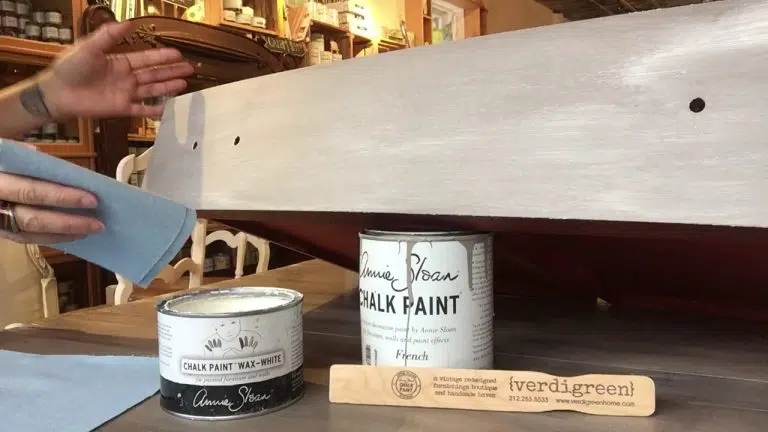
How to Apply wax?
Many types of waxes can be used on chalk paint. The most popular are the clear and dark waxes. Many other specialty waxes can be used, such as hemp oil, paste wax, or floor wax.
The type of wax you choose will depend on the look you want to achieve. Clear wax will give a light sheen, while dark wax will give a more aged look.
Before applying any wax, it is essential to test it on a small area of the piece you are working on. It will help you see what the finish will look like and how much wax to apply.
To apply wax, use a soft cloth and rub it in a circular motion. Be sure to apply it evenly over the entire surface. Then, let it dry for a few minutes before buffing it with a soft cloth.
Wax can be applied over paint that is wet or dry. It is best to apply wax when the piece is completely dry, as this will help prevent smudging. Allow the wax to dry for several hours before using the piece.
Now that you know how to apply wax, you can create a beautiful finish on your chalk paint pieces! Experiment with different types of waxes to find the look you love.
How to remove wax?
To remove the wax, use a damp cloth and rub it until the wax is removed. Be sure to go over the entire surface to ensure that all of the wax is removed.
If there are any remaining spots, use a toothbrush to scrub them until they disappear. Then, dry the surface with a clean cloth.
How to remove the wax using mineral spirits?
You can use mineral spirits to remove the wax. Pour some mineral spirits onto a cloth and wipe down the surface. The wax will come off with the mineral spirits. You can also use a scrub brush to help remove the wax. After removing all of the wax, wash the surface with soap and water to remove any remaining residue.
Conclusion
Chalk paint waxes are a great way to seal and protect your painted furniture pieces. They come in a variety of forms, each with its unique benefits. Choose the type of chalk paint wax that will work best for your project, and enjoy the beautiful finished product! Have you tried using chalk paint wax on your furniture? What was your experience like? Happy Painting!
